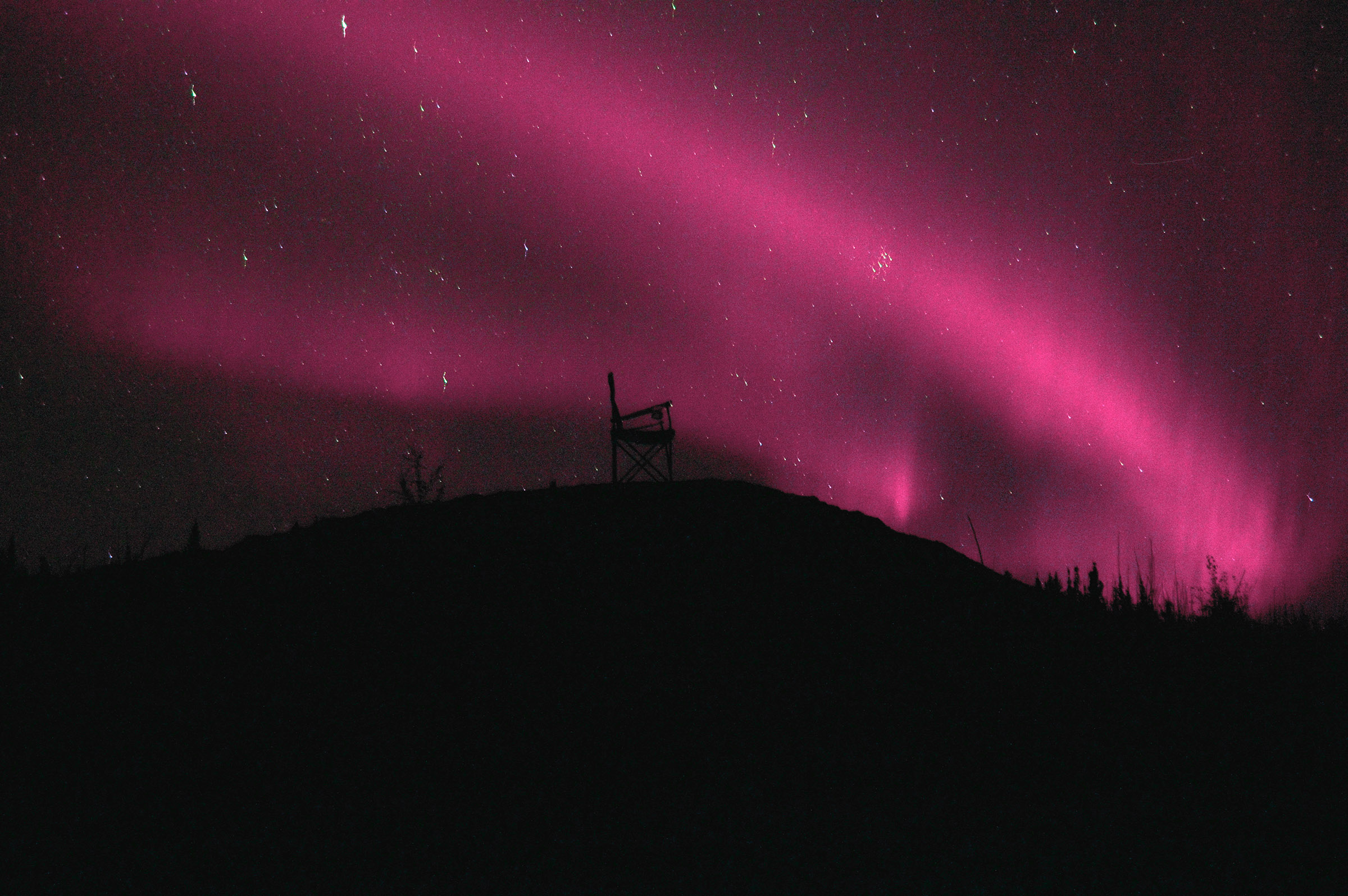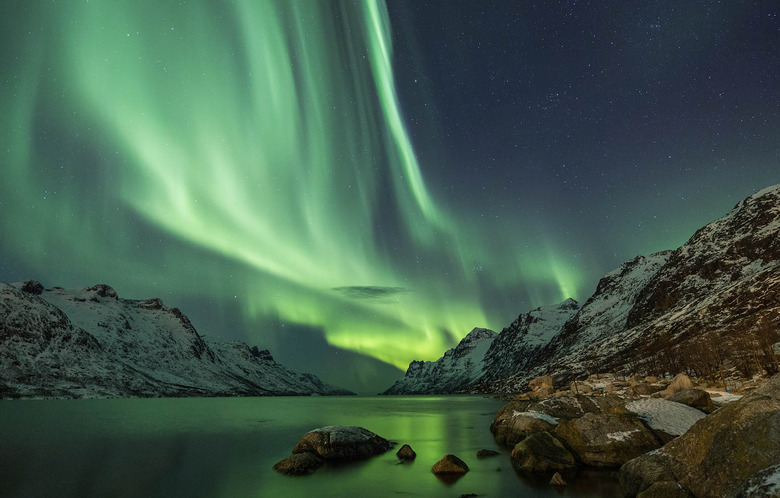Northern Lights May Be Visible From These US States This Weekend
Aurora chasers should likely expect increased northern lights activity this weekend thanks to a geomagnetic storm warning set for October 3 to October 5. The storm warning was issued by the National Oceanic and Atmospheric Administration (NOAA) Space Weather Prediction Center, which estimates the auroras could stretch as far south as Illinois and Oregon this weekend.
The storm estimated to hit this weekend will likely bring about G3 conditions thanks to a massive plume of plasma and a coronal mass ejection (CME), which fired off from the sun during an X-class solar flare on October 1. When these CMEs and plasma plumes react with our planet's magnetosphere, they cause electrically charged particles known as ions to collide with the magnetic field.
These collisions are what cause the geomagnetic storms, and when the ions slam into the gases found in our atmosphere, they release tons of energy that often appear as bright lights—or auroras. When these geomagnetic storms cause ions to interact in high concentration, then northern light activity can often increase, causing the light shows to appear even in areas they usually don't.

In the past, we've seen the aurora borealis appear in multiple states farther south than usual—even as recently as September. The NOAA typically uses a G-scale to measure just how intense a geomagnetic storm is, and these can range from G1—the most minor class storms—to G5, the most extreme glass. The current storm watch is classified as a G1 to G3, which means it has the potential to be a medium-intensity geomagnetic storm, which could provide some beautiful auroras.
Of course, it is important to remember that geomagnetic storms are extremely unpredictable, and space weather as a whole is difficult to track reliably. While these warnings are uncommon, they can turn into nothing very quickly. Still, if you're in one of the aforementioned states and interested in seeing the aurora borealis, the chance of increased northern lights activity is something you'll want to stay aware of.
You can track the current estimates using the NOAA's 3-day forecast for the most up-to-date timings.
